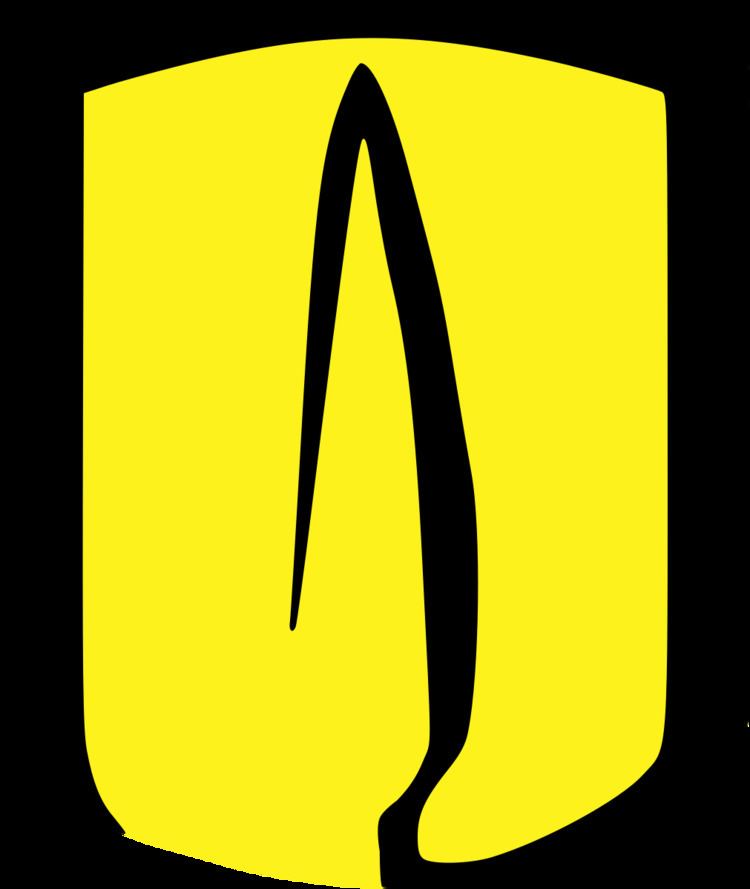Type Private Academic staff 1,457 Phone +57 301 5003395 | Affiliation Nonsectarian Administrative staff 1,910 | |
 | ||
Established November 16, 1948; 68 years ago (1948-11-16) Rector Pablo Navas Sanz de Santamaría Address Cra. 1 #18a-12, Bogotá, Colombia Hours Closed today SundayClosedMonday6:30AM–6PMTuesday6:30AM–6PMWednesday6:30AM–6PMThursday6:30AM–6PMFriday6:30AM–6PMSaturdayClosedSuggest an edit Similar Go Green sede Universid, Centro interdisci de Estudi, Librería Uniandes, Central Technolo Institute T Profiles | ||
The University of los Andes (Spanish: Universidad de los Andes), also commonly self-styled as Uniandes, is a private research university located in the city centre of Bogotá, Colombia. Founded in 1948 by a group of Colombian intellectuals led by Mario Laserna Pinzón, it was the first Colombian university established as nonsectarian (independent from any political party or religious institution). Uniandes has traditionally educated the Latin American academic elite, and is broadly considered to be one of the best universities in this region.
Contents
- Mission
- Staff
- Student population
- Academic structure
- International students
- Campus
- University rankings
- Organization and structure
- Mascot
- Former deans of Economics school
- Alumni
- References
The university is academically composed of nine schools, three special academic entities — the Alberto Lleras Camargo School of Government, the Center for Research and Training in Education (Spanish: Centro de Investigación y Formación en Educación, CIFE), and the Interdisciplinary Center for Development Studies (Spanish: Centro Interdisciplinario de Estudios sobre Desarrollo, CIDER) — and a joint academic venture with the medical institution Santa Fe de Bogotá Foundation, offering 31 undergraduate, 18 doctoral, and 38 graduate degree-granting programs in areas of human knowledge such as medicine, engineering, science, law and others.
The university has given birth to 128 research groups recognized by Colciencias, most of them in the social sciences, mathematics, physics and engineering. It is one of the few Colombian universities to have received high quality institutional accreditation by the Colombian Ministry of Education, given in January 2015. Los Andes has consistently been regarded as one of the best Colombian universities, one of the top 10 in Latin America and one of the top 300 world universities according to both the QS World Top University Ranking and the Times Higher Education Classification.
Mission
The University of los Andes, an autonomous and independent institution, states that it fosters pluralism, diversity, dialogue, debate, criticism, tolerance and respect towards its members' ideas, beliefs and values.
Staff
As of 2014 Los Andes had full-time teachers, of whom 70% had a PhD from a top university in the world. Los Andes University has supported teachers in undertaking their master's and PhD studies in different subject areas in renowned foreign universities. The following data show the distribution of teachers in the different faculties.
Student population
Academic structure
Students can take classes from all academic programmes offered at Los Andes; this interdisciplinary approach allows students to design their own curricular programme, with the assistance of study counselors. The following scheme shows the academic structure at Uniandes, which includes four cycles: a Basic Professional Cycle (CBP in Spanish), which refers to the basic subjects belonging to each programme; a Cycle of Elective Courses in Socio-humanistic issues (CSH in Spanish), common to all programmes and that offers about 180 courses; a Professional Cycle (CP in Spanish), which includes the main professional subject for each programme; and a Professional Complementary Cycle (CPC), which includes subjects from the specific programme and subjects from other programmes.
International students
International students can attend the university as visitor students, who must take at least three courses a semester, or exchange students, who can take between two and six courses per semester. Los Andes has academic exchange programmes with more than 119 universities in 34 countries worldwide.
Campus
The university's campus is in Bogota's historical centre, an area that houses most of the city’s buildings of cultural interest, universities, banks and large Colombian companies, the main offices of the national and local government, and a variety of cultural meeting places such as libraries, museums, theatres, scientific and literary centres, and art galleries.
The campus is largely made up of a mixture of remodelled industrial and religious buildings and newly constructed facilities. The infrastructure covers 142,316 sq mt and includes approximately 116 classrooms, 219 laboratories, a central library and five satellite libraries (specialised by areas), where more than 409,700 books are available for students. It also has 26 computer rooms and six service units that hire out laptops, offering nearly 2,000 computers for student use (16.5 computers for each 100 students).
Also on campus are:
In addition to the main campus, the university also has an Internships Center for the Medicine Faculty, located in Fundación Santa Fe de Bogotá, in the north of the city. Uniandes and Fundación Santa Fe—one of the most renowned medical institutions in the country—engage in a joint academic venture.
University rankings
La Universidad de los Andes has been consistently ranked as one of the top 10 Latin American Universities.
Organization and structure
The university has a Board of Directors, an Executive committee, a Rector and three Vice Rectors, for academic and administrative management. It also has a General Secretary, an Academic Council, department deans and coordinators, Faculty Councils, academic and administrative staff and departments for the smooth operation of the institution.
Mascot
The mascot of Uniandes is a goat called Séneca, after the Roman Stoic philosopher. Its story dates back to the late 1940s when a goat roamed the campus freely. Students adopted it, and it became a symbol of the university. The goat died in 1966 when it fell off a cliff. Today it is not possible to keep a goat on campus, but Seneca is fondly remembered. The wireless spots are named after the goat, and every year a goat is brought to the university to celebrate "Students' Day".
